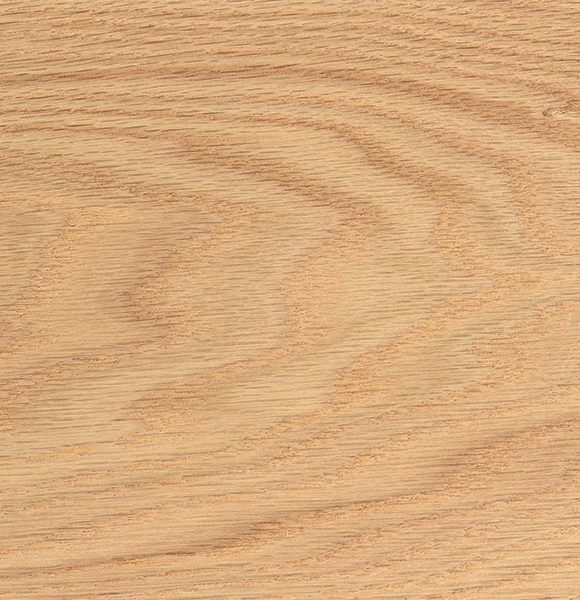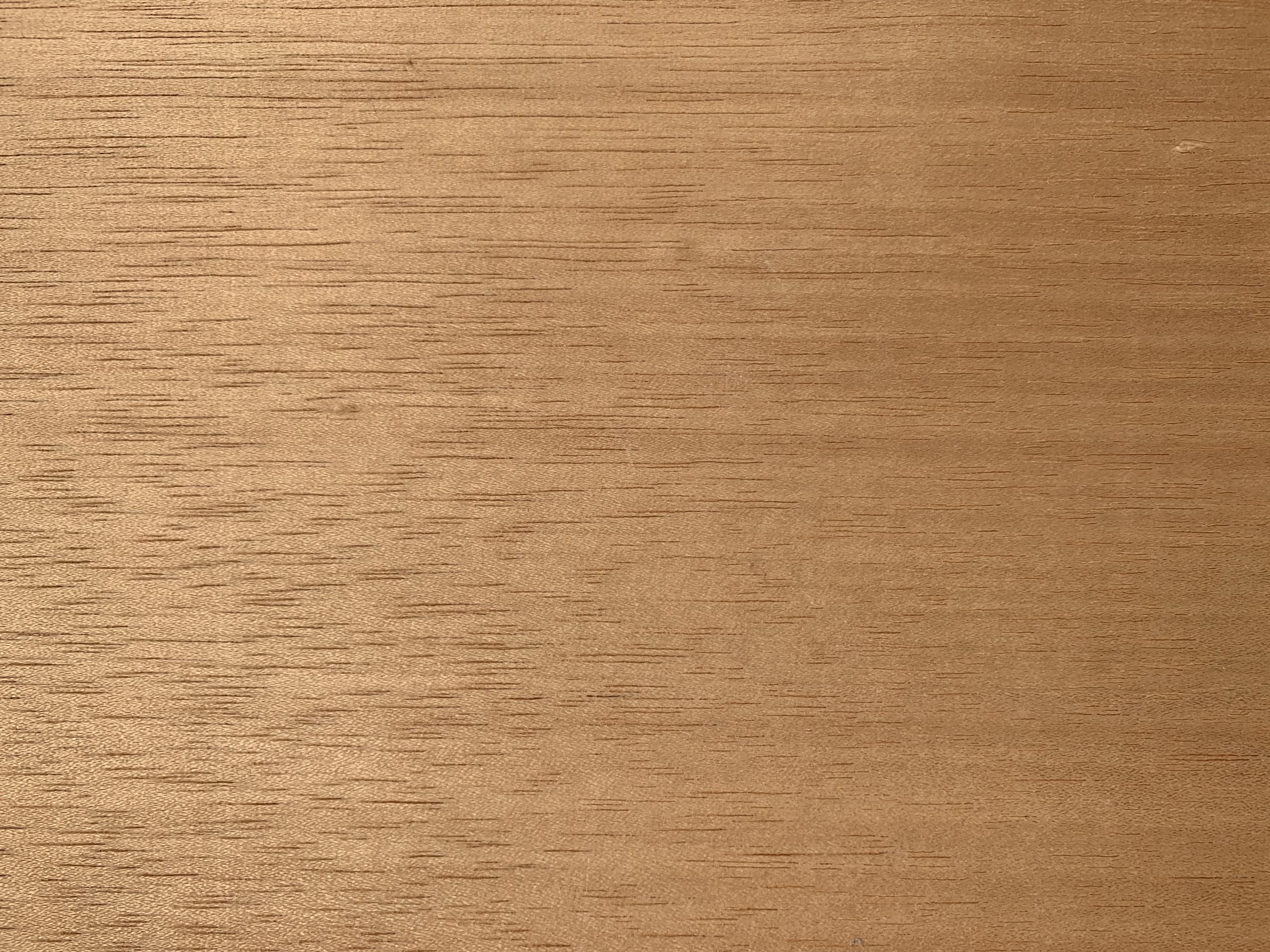ANGONGUI
Angongui is a homogenous wood with a grey-pink tint. This wood is also known as Onzabili and has a coarse and felt-like structure.
Description
| Botanical name: | Antrocaryon klaineanum |
| Overall character: | This simple and soft wood has good strength properties. However, it is not resistant to weather or insects. |
| Color and structure: | The heartwood and sapwood are only vaguely separated from each other. Both have a greyish-pink to bright red color. |
| Characteristics/features: | Angongui is easily processable using tools of all kinds. It has proven itself to be a very elastic peeled veneer, and plywood panels made of this material have great staying power. |
| Areas of use: | Being a peeled veneer similar to Okoume, Angongui is not a particularly decorative, plain wood. Therefore, the areas of use are found where a moderately strained construction wood is needed for interior use. |
| Sources: | https://www.holzvomfach.de |


















